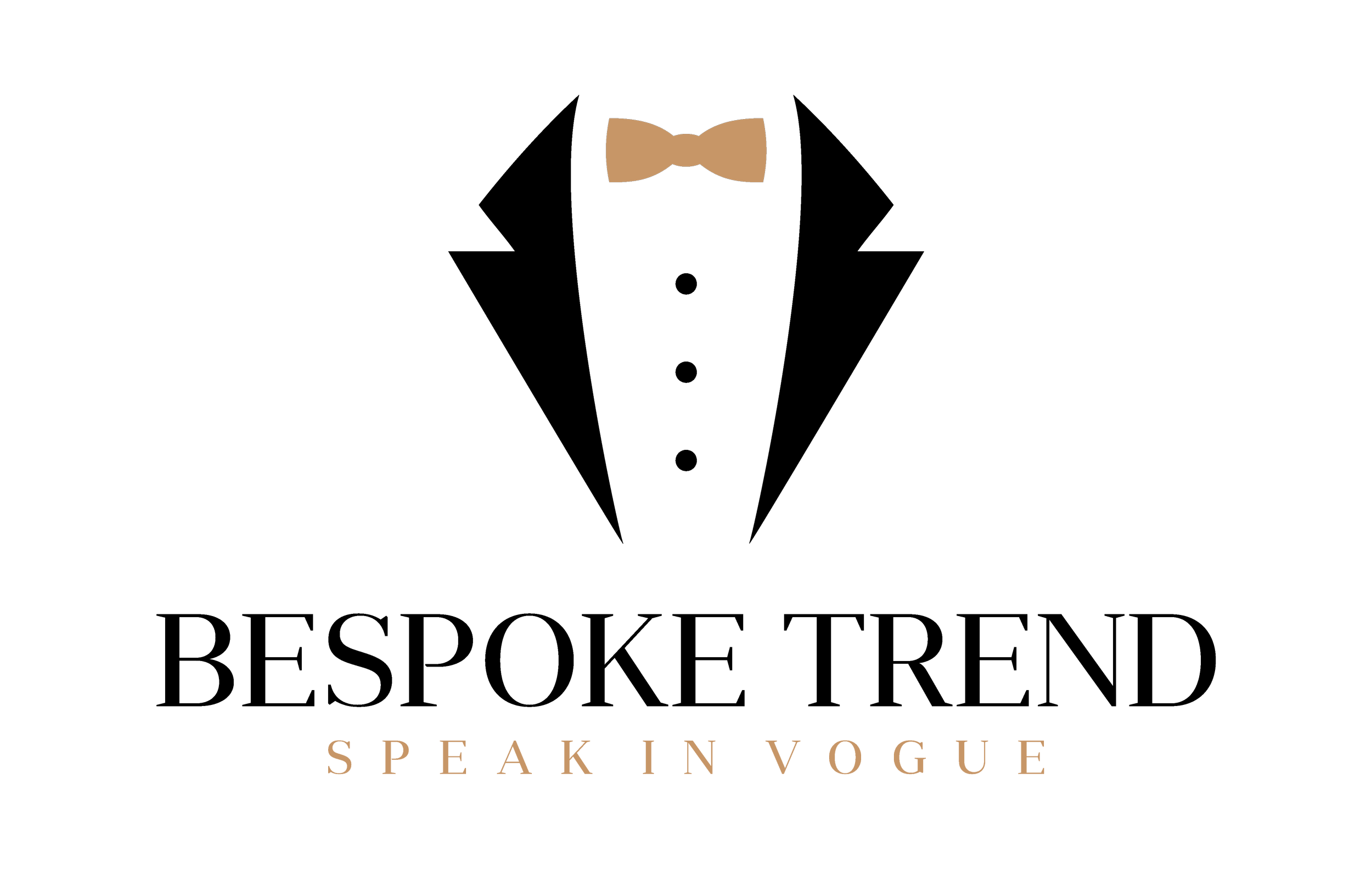BESPOKE FROM SCRATCH
Our dedication to providing each customer with exceptional custom tailoring is what keeps us going. From start to end, we let our passion for classic fashion, high-quality materials, and expert tailoring guide us.
Stage 1: Drawing board
Mr T will learn about your personal style, the items you like to find, and how and where you plan to wear them during this appointment. He will then take your measurements, taking into consideration your personal preferences for fit, and present you with a vast array of fabrics from some of the world's most prestigious manufacturers, including Dugdale, Holland & Sherry, and Loro Piana, to mention a few.
Mr T will discuss, advise, and recommend the finer details, including lining, compartments, buttonhole sewing, lapel, buttons, etc.
Stage 2: CUTTING & SEWING
Our skilled pattern cutters will transfer your chosen style, dimensions, posture, and figuration information onto a card pattern that will be used as a template for cutting the fabric for your order. Following that, we will preserve your pattern and apply it to future orders.
Your selected fabric will have been put out and given time to unwind. Your pattern will have been marked with chalk by the cutter, and the cloth will be cut. There is no going back.
The forgotten heroes are frequently skilled seamstresses and machine operators. They craft something exquisitely unique out of your raw materials—fabric, linings, canvases, and trims—that will only ever fit you.
Stage 3: BASTED FITTING
The suit is basted with it's skeletal construction, you will now be given to try on. The basted suit will be chalked, pinned, and adjusted by your tailor until the fit is ideal for both of you. If the style is intricate or the fit is difficult, this step will be repeated.
Stage 4: MORE FITTINGS
When working with a new client, we occasionally discover that a second fitting is necessary. It helps us ensure that the fit is flawless and offers them more assurance in their decisions. We are pleased if a customer chooses to have a second or even third fitting because it gives them more confidence in their choice. Bespoke Trend fosters a sense of connection and trust that we hope will endure for many years.
Stage 5: collection
Our master tailor will inspect the garment thoroughly for a flawless fit and silhouette. We'll keep making changes until you're happy with the result. It is only then, you will leave with a vogue confidence and a long lasting bespoke attire.
We look after our customers even after collecting their hand made garments. We are always a call away when you need further adjustment an changes.
Stage 4: construction
Now comes the final steps in completing your fit. The tools we use and the amount of time, pressure, and steam are all variables that depend on the cloth, style, and finish you're going for. It's a delicate equilibrium. Without proper pressing, the garment will have an unprofessional appearance. Glaze markings, imprints, and fabric degradation result from over pressing. The correct and required hand stiches and styles are sewn in to give the unique fall of your suit. The expertise, enthusiasm, and experience of the artisan are essential at this stage.
Design & Sample Maker
All designs are template-constructed as to the users requirements and overseen by our senior sample makers to point out what would work and how they would look prior to the creation of them, with suggestive input to the customer themselves. Every design is then sketched out and a temporary model is made to finalise any design requirements with the customer themselves.
Upon confirmation from both the customer and senior sample maker, the design is then made keeping both the customers preferences and the experience from the senior sample maker in mind, to meld the required item(s).
Sampling is an inevitable but important part of the garment development process. One of the main purposes of sample making is to increase the understanding of the client to see what the fabric would look like as an end product.
We pride ourselves on our approach for sample creation and endeavour to anticipate any possible problems during garment production.





